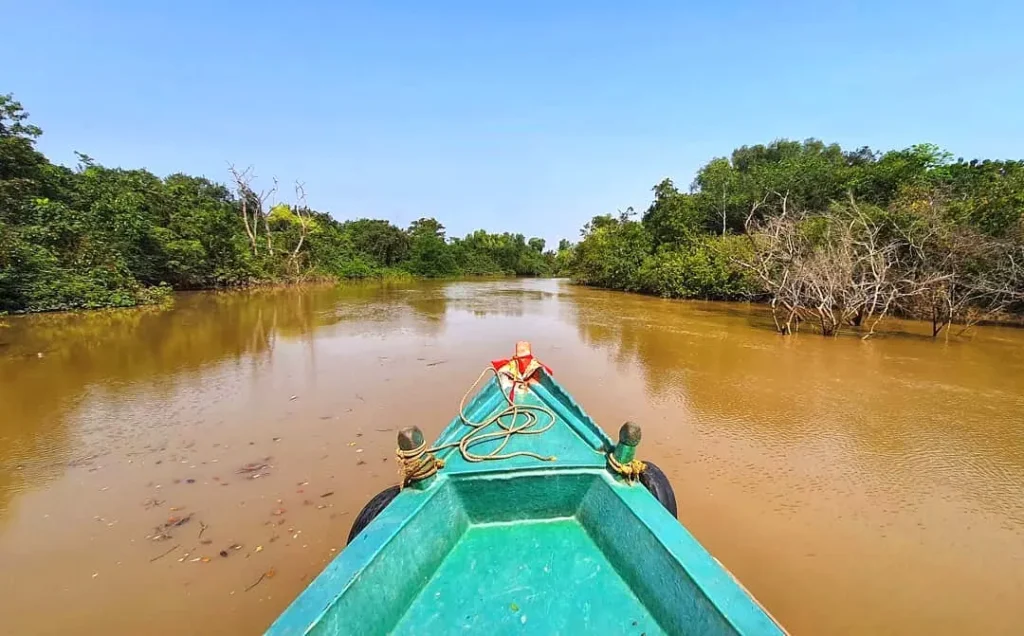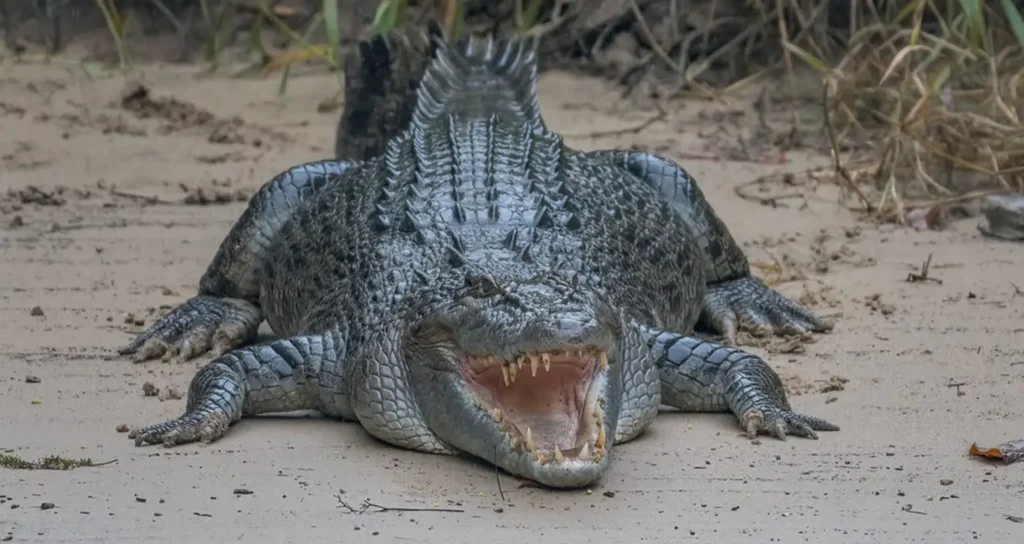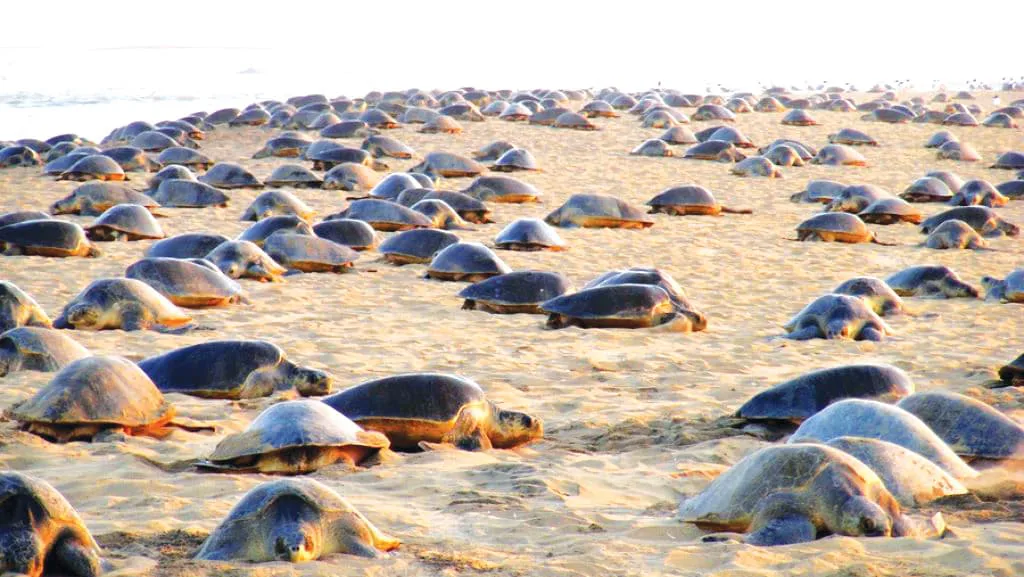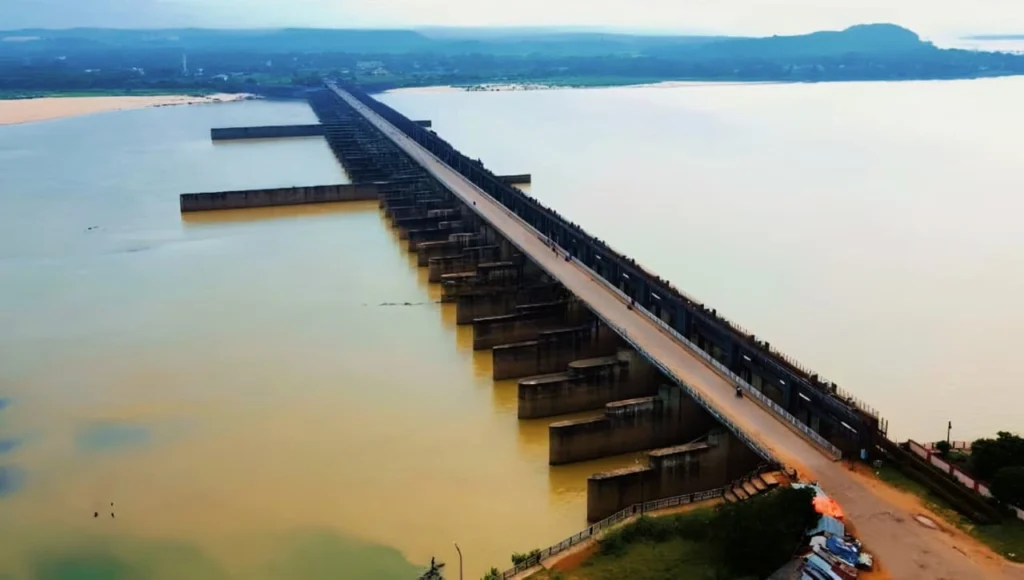
Table of Contents
What Makes Bhitarkanika So Unique?
Tucked away in the Kendrapara district of Odisha, Bhitarkanika National Park is undoubtedly one of India’s most enchanting and lesser-known wildlife destinations. Moreover, it’s not just a forest — it’s a thriving estuarine ecosystem formed by the confluence of the Brahmani, Baitarani, and Dhamara rivers. With over 63 species of mangroves, home to the world’s largest saltwater crocodiles, rare white crocodiles, and 217 species of birds, Bhitarkanika is, in essence, nothing short of a natural wonder.
The Wildlife Wonders of Bhitarkanika
Estuarine Crocodiles – The Apex Predators

Bhitarkanika hosts India’s largest population of estuarine crocodiles; in fact, some grow up to 23 feet in length. Additionally, locally known as “Sankhua”, the rare white crocodile is also a highlight of this sanctuary.
A Birder’s Paradise
Whether you’re a passionate ornithologist or a casual observer, the sanctuary truly offers a treat during the winter months (October–March). Specifically, expect to see:
- Bar-headed Geese – notably seen gliding across wetlands
- Open-billed Storks – moreover, commonly found nesting in colonies
- Grey Pelicans – in addition, frequently spotted near shallow waters
- White Ibises – equally remarkable for their elegant flight patterns
- Cormorants & Kingfishers – finally, known for their agile hunting skills
Olive Ridley Turtles – Nature’s Annual Festival

Perhaps the most spectacular event in Bhitarkanika is the mass nesting of Olive Ridley turtles on Gahirmatha Beach, the largest turtle rookery in the world. These endangered species arrive by the thousands for nesting during the winter (January–April), offering an unforgettable sight.
Bhitarkanika’s Mangrove Ecosystem
Spread over 650 sq km, with a core area of 141.44 sq km, Bhitarkanika is the second-largest mangrove ecosystem in India after Sundarbans. The dense mangrove vegetation, tidal rivers, and creeks form an ideal habitat for:
- Reptiles like King Cobras, Pythons, Rat snakes
- Mammals such as Spotted Deer, Wild Boars, Fishing Cats, Jungle Cats
- Amphibians and numerous aquatic species
How to Reach Bhitarkanika National Park
- Nearest Airport: Firstly, Bhubaneswar (approx. 160 km)
- Nearest Railway Station: Additionally, Bhadrak (80 km)
- By Road: Alternatively, reach Chandabali or Jayanagar and take a ferry to enter the sanctuary
Best Time to Visit Bhitarkanika
The ideal time is October to March, when the weather is pleasant, and wildlife sightings are at their peak. This period also coincides with the arrival of migratory birds and turtle nesting season.
Things to Do in Bhitarkanika
- 🚤 Boat Ride through Creeks
- 📸 Wildlife Photography
- 🐢 Turtle Nesting Sight at Gahirmatha
- 🐊 Visit Crocodile Breeding Center at Dangamal
- 🏕️ Eco-Camping & Forest Stay (with prior booking)
People Also Ask
1. Why is Bhitarkanika National Park famous?
Moreover, it’s known for its rich mangrove ecosystem, estuarine crocodiles, and the Olive Ridley turtle nesting site at Gahirmatha.
2. Is Bhitarkanika worth visiting?
Absolutely! For nature lovers, photographers, and wildlife enthusiasts, it offers a rare experience of untouched biodiversity.
3. Which animals are found in Bhitarkanika?
Saltwater crocodiles, white crocodiles, and spotted deer. Furthermore, wild boars, king cobras, pythons, and over 200 species of birds.
4. How can I visit Bhitarkanika National Park?
To begin with, reach via road to Chandabali or Jayanagar, and then take a boat to enter the sanctuary. Additionally, permission from the Forest Department is needed.
5. What is the best time to see turtles at Bhitarkanika?
Between January and April, when Olive Ridley turtles arrive for mass nesting at Gahirmatha beach.
Why Bhitarkanika Should Be On Your Travel List
Bhitarkanika is not just a destination — it’s an experience. An adventure that allows you to witness India’s wildest side, untouched and pure. But as we travel and explore, we must also remember to conserve and protect this fragile ecosystem for generations to come.
Want to explore Bhitarkanika National Park and be one with nature? Visit during winter, carry your camera, and lose yourself in the sound of birds, rustling mangroves, and the splash of crocodiles.
Make your next trip count — choose Bhitarkanika!


